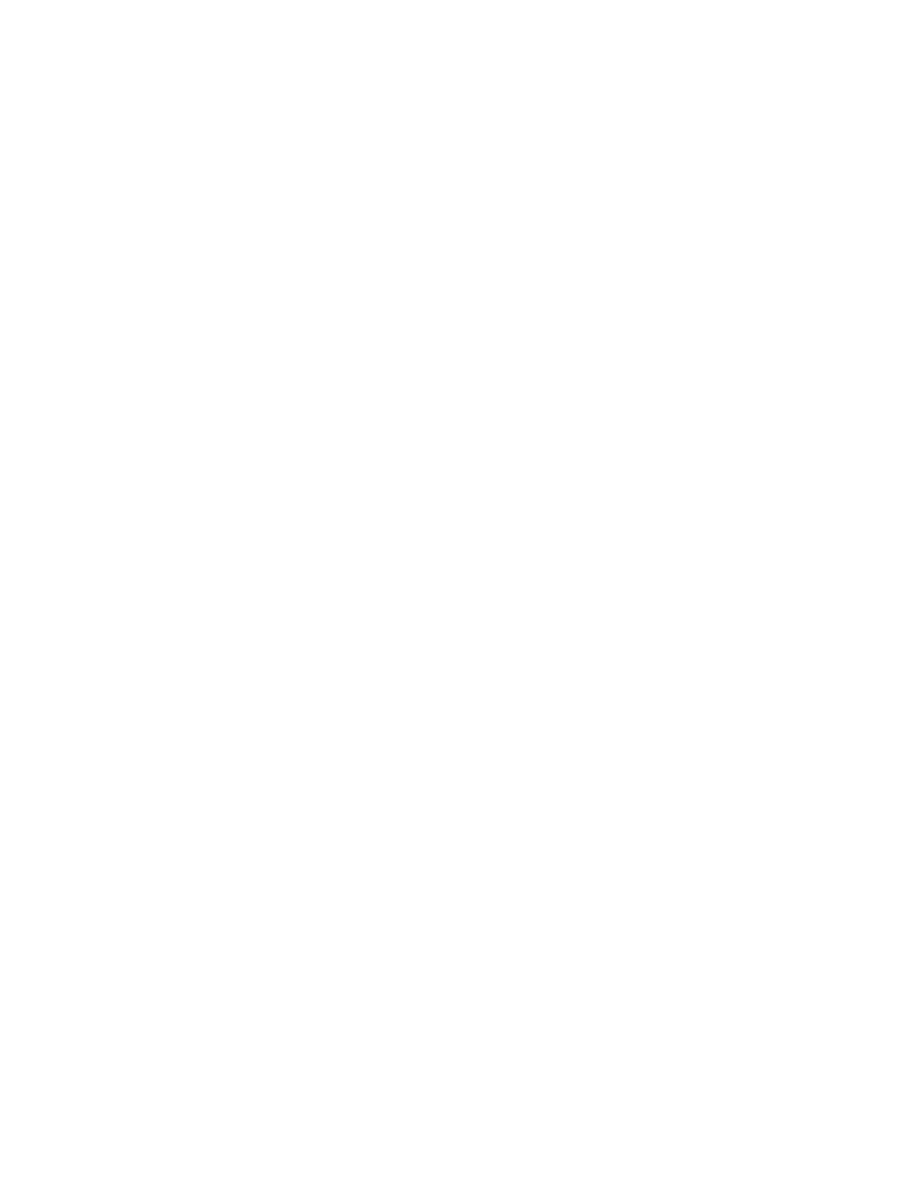
684
14 CFR Ch. I (1–1–14 Edition)
§ 27.967
full, during maximum limit accelera-
tion or emergency deceleration. How-
ever, the pressure need not exceed 2.0
p.s.i. on surfaces not exposed to the ac-
celeration loading.
(d) Each tank with large unsupported
or unstiffened flat areas, or with other
features whose failure or deformation
could cause leakage, must be subjected
to the following test or its equivalent:
(1) Each complete tank assembly and
its support must be vibration tested
while mounted to simulate the actual
installation.
(2) The tank assembly must be vi-
brated for 25 hours while two-thirds
full of any suitable fluid. The ampli-
tude of vibration may not be less than
one thirty-second of an inch, unless
otherwise substantiated.
(3) The test frequency of vibration
must be as follows:
(i) If no frequency of vibration result-
ing from any r.p.m. within the normal
operating range of engine or rotor sys-
tem speeds is critical, the test fre-
quency of vibration, in number of cy-
cles per minute must, unless a fre-
quency based on a more rational cal-
culation is used, be the number ob-
tained by averaging the maximum and
minimum power-on engine speeds
(r.p.m.) for reciprocating engine pow-
ered rotorcraft or 2,000 c.p.m. for tur-
bine engine powered rotorcraft.
(ii) If only one frequency of vibration
resulting from any r.p.m. within the
normal operating range of engine or
rotor system speeds is critical, that
frequency of vibration must be the test
frequency.
(iii) If more than one frequency of vi-
bration resulting from any r.p.m. with-
in the normal operating range of en-
gine or rotor system speeds is critical,
the most critical of these frequencies
must be the test frequency.
(4) Under paragraphs (d)(3)(ii) and
(iii) of this section, the time of test
must be adjusted to accomplish the
same number of vibration cycles as
would be accomplished in 25 hours at
the frequency specified in paragraph
(d)(3)(i) of this section.
(5) During the test, the tank assem-
bly must be rocked at the rate of 16 to
20 complete cycles per minute through
an angle of 15 degrees on both sides of
the horizontal (30 degrees total), about
the most critical axis, for 25 hours. If
motion about more than one axis is
likely to be critical, the tank must be
rocked about each critical axis for 12
1
⁄
2
hours.
(Secs. 313(a), 601, and 603, 72 Stat. 752, 775, 49
U.S.C. 1354(a), 1421, and 1423; sec. 6(c), 49
U.S.C. 1655(c))
[Amdt. 27–12, 42 FR 15045, Mar. 17, 1977]
§ 27.967
Fuel tank installation.
(a) Each fuel tank must be supported
so that tank loads are not con-
centrated on unsupported tank sur-
faces. In addition—
(1) There must be pads, if necessary,
to prevent chafing between each tank
and its supports;
(2) The padding must be non-
absorbent or treated to prevent the ab-
sorption of fuel;
(3) If flexible tank liners are used,
they must be supported so that it is
not necessary for them to withstand
fluid loads; and
(4) Each interior surface of tank com-
partments must be smooth and free of
projections that could cause wear of
the liner unless—
(i) There are means for protection of
the liner at those points; or
(ii) The construction of the liner
itself provides such protection.
(b) Any spaces adjacent to tank sur-
faces must be adequately ventilated to
avoid accumulation of fuel or fumes in
those spaces due to minor leakage. If
the tank is in a sealed compartment,
ventilation may be limited to drain
holes that prevent clogging and exces-
sive pressure resulting from altitude
changes. If flexible tank liners are in-
stalled, the venting arrangement for
the spaces between the liner and its
container must maintain the proper re-
lationship to tank vent pressures for
any expected flight condition.
(c) The location of each tank must
meet the requirements of § 27.1185 (a)
and (c).
(d) No rotorcraft skin immediately
adjacent to a major air outlet from the
engine compartment may act as the
wall of the integral tank.
[Doc. No. 26352, 59 FR 50387, Oct. 3, 1994]
VerDate Mar<15>2010
10:12 Mar 18, 2014
Jkt 232046
PO 00000
Frm 00694
Fmt 8010
Sfmt 8010
Y:\SGML\232046.XXX
232046
pmangrum on DSK3VPTVN1PROD with CFR